
Topics
Entrance ticket for Kumbhalgarh Fort
| S.No | Particular | Price |
|---|---|---|
| 1 | children | Rs.15 |
| 2 | adult | Rs.20 |
| 3 | foreigner | Rs.200 |
Timing of Kumbhalgarh Fort
| S.No | Timing | Day |
|---|---|---|
| 1 | 9:00 am – 6:00 pm | EveryDay |
Kumbhalgarh Fort is a Mewar castle located on the western slopes of the Aravalli Hills in Rajasthan’s Rajsamand district near Udaipur. It is a UNESCO World Heritage Site that is part of Rajasthan’s Hill Forts. Rana Kumbha constructed it during the 15th century. The fort which was occupied until the late 1800s is currently open to the public and is magnificently lit for a few minutes each evening. By road, Kumbalgarh is 82 kilometres northwest of Udaipur. After Chittorgarh Fort, it was Mewar’s most important fort.
Kumbhalgarh Fort collectively with 5 different forts in Rajasthan become a UNESCO World Heritage Site below the class ‘Hill Forts of Rajasthan’ in 2013 on the thirty-seventh consultation of the World Heritage Committee in Phnom Penh, Cambodia. Architect Mandan was the chief architect of the fort, and he wrote about his style of approach towards his work in his book Rajvallabh. He dedicates the book to King Rana Kumbha in the end.
The fort is one of the world’s largest fort complexes and India’s second-largest fort after Chittor Fort.
Architecture of Kumbhalgarh Fort
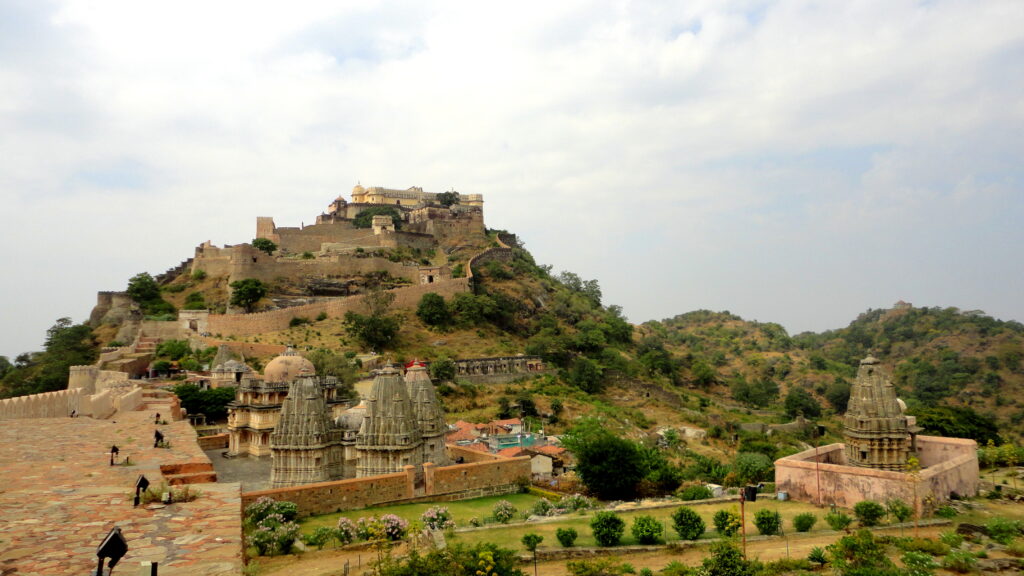
The fort of Kumbhalgarh, which is built on a mountaintop 1,100 metres (3,600 feet) above sea level in the Aravalli range, has perimeter walls that stretch 36 kilometres (22 miles), making it the world’s second-longest wall. The frontal walls are fifteen feet high and fifteen feet wide. Seven fortified entrances can be found in Kumbhalgarh. There are around 360 temples within the fort, 300 of which are old Jain temples and the rest of which are Hindu temples. Kilometres into the Aravalli Range can be seen from the roof of the palace. From the fort’s walls, you can observe the Thar Desert’s dunes.
Maharana Kumbha according to legends used to light enormous lamps with fifty kilogrammes of ghee and a hundred kilogrammes of cotton to provide light for the farmers working in the valley at night.
Important structures in the fort
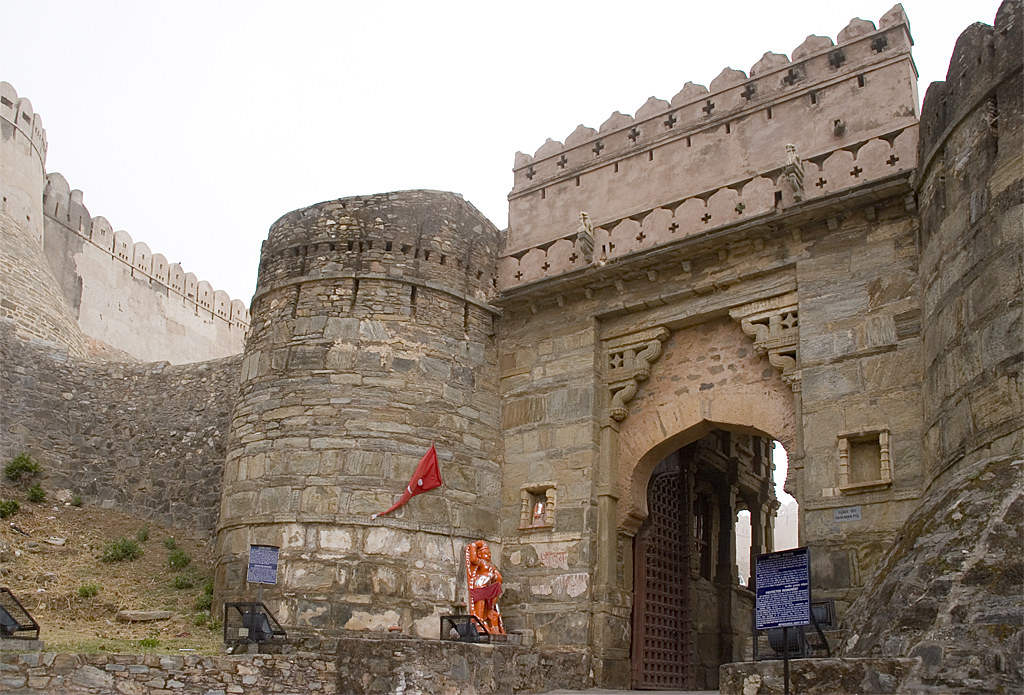
The Lakhota Tank, built by Rana Lakha between 1382 and 1421 CE, is the most noteworthy tank within the fort. It is located on Kelwara’s western outskirts, measuring 5 kilometres (3.1 miles) in length and 100 metres (0.062 miles) to 200 metres (0.12 miles) in breadth. During independence, the tank was 40 feet (12 metres) deep, but it has since been enlarged to 60 feet (18 m). The fort’s principal gates are Aaret Pol on the western side, Halla Pol with a steep slope from the entrance. Ram Pol, and Hanuman Pol near Bavadi.In Hanuman Pol, inscriptions on the feet of idols detail the construction of the fort. The Badshahi Bavdi is a tiered tank that was built by the commander of Akbar during the invasion of Shahbaz Khan in 1578 to furnish water to the army. The Ram Pol, which is considered an architectural specimen, provides views of the majority of the buildings.
Hindu Temple
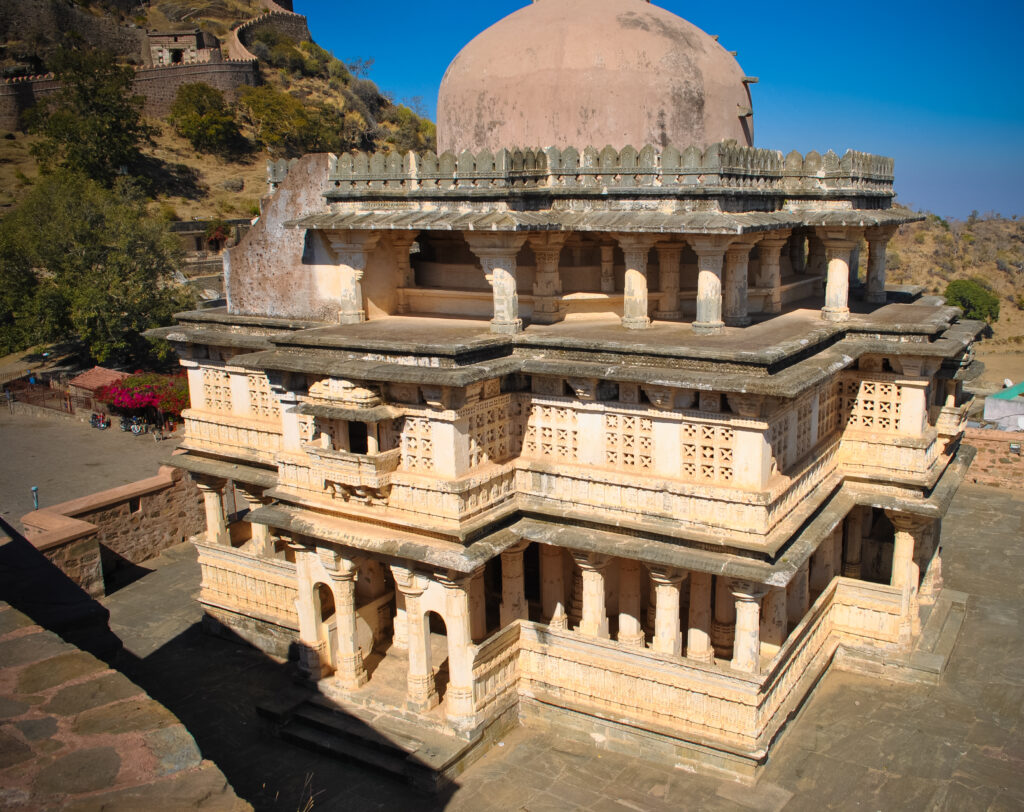
The earliest of all temples built inside the fort is a Ganesh temple built on a 12 ft (3.7 m) pedestal. The temple of Neel Kanth Mahadeva is located on the eastern side of the fort, which was built in 1458 CE. The central Shiva shrine is reached via a rectangular courtyard and a building supported by 24 massive pillars. Shiva’s idol is made of black stone and is shown as having 12 hands. According to the inscriptions, Rana Sanga repaired the temple.
Jain Temple
The prominent Jain temples in the fort are Parsva Natha temple (constructed in 1513), Jain temple on the eastern side, Bawan (52) Jain temples, and Golera Jain temple. On the southern side of Neela Kanth temple lies Mataji temple, also known as the Kheda Devi temple. The other prominent temples inside the fort include the Mamdeo temple, Pital Shah Jain temple, and Surya Mandir (Sun temple).
Culture
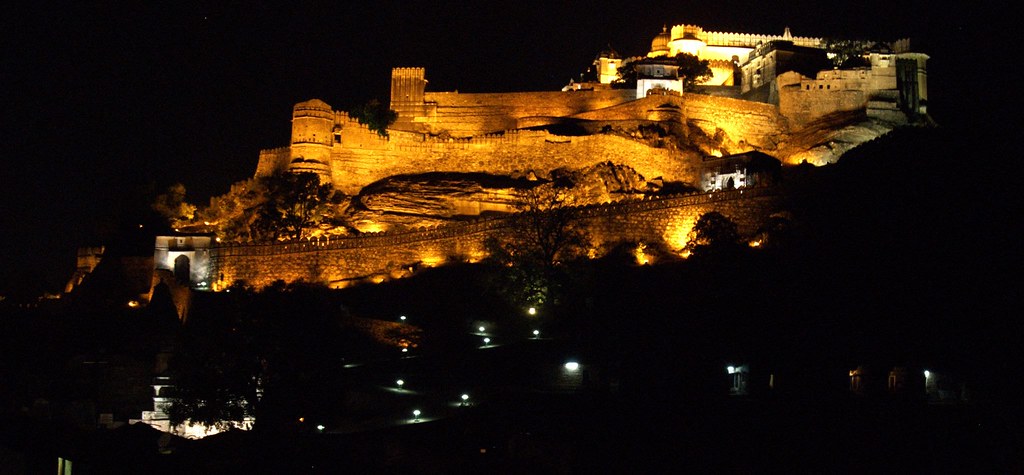
The Rajasthan Tourism Department holds a three-day event every year in the fort to honour Maharana Kumbha’s passion for art and building. Sound and light shows take place against the backdrop of the fort. To mark the occasion, several concerts and dance events have been planned. Heritage Fort Walk, turban tying, tug-of-war, and Mehendi Mandana are among the festival’s other activities. Amber Fort, Chittor Fort, Gagron Fort, Jaisalmer Fort, Kumbhalgarh Fort, and Ranthambore Fort were all added to the UNESCO World Heritage Site list as a serial cultural property and examples of Rajput military hill architecture during the 37th World Heritage Committee meeting in Phnom Penh in June 2013.
History
Due to a dearth of evidence, the citadel’s early records couldn’t be determined. The citadel’s earliest name was believed to be Machhindrapur. However, it was named Mahore by historian Sahib Haqim. The original idea of the citadel is believed to be of King Samprati of the Maurya Age due to the strategic importance of the citadel in the 6th century. Because the citadel becomes unimportant in the period, the records from 1303 AD to the invasion of Alauddin Khilji is hazy.
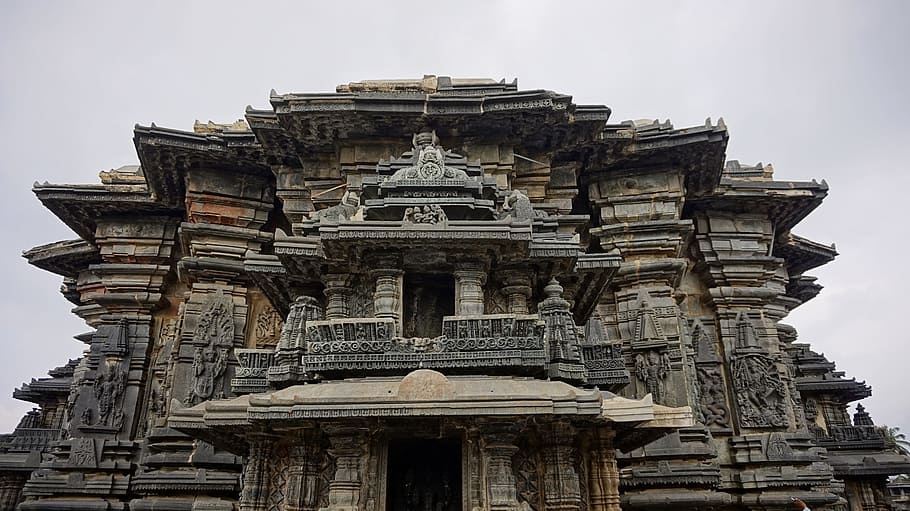
Rana Kumbha, the Rana of Mewar from the Sisodia Rajput clan, created the Kumbhalgarh fort in its contemporary shape. Rana Kumbha enlisted the assist of “Madan” a famous architect of the time. Rana Kumbha’s Mewar dominion spanned from Ranthambore to Gwalior, encompassing big swaths of current Madhya Pradesh and Rajasthan. Rana Kumbha is said to have built 32 forts in his realm, in which the best and maximum intricate is Kumbhalgarh.
Kumbhalgarh also served as a buffer between Mewar and Marwar and a haven for Mewar’s rulers in times of danger. In 1535, while Chittor was under siege, Prince Udai, the baby king of Mewar, was smuggled here. Later, Prince Udai succeeded to the throne. Direct assaults failed to penetrate the fort.
In 1457, Gujarat’s Ahmed Shah I launched an attack on the fort, but it was in vain. There was a local notion at the time that the fort’s Banmata deity protected it, therefore he destroyed the temple. Mahmud Khalji made two more attempts in 1458–59 and 1467, but they were also unsuccessful. After the Battle of Haldighati, Shahbaz Khan, Akbar’s general, took control of the fort on Man Singh I’s orders in 1576. When Akbar was gone in Lahore, Pratap used guerilla warfare to retake the city in 1585. An armed band of sanyasis created a garrison to hold the fort in 1818, but James Tod persuaded them to surrender, and the fort was taken over by the British and eventually returned to the state of Udaipur. Maharanas of Mewar added to the edifice, but Maharana Kumbha’s original structure still stands. Residential structures and temples have been carefully conserved. Maharana Pratap is said to have been born at the fort.

6 thoughts on “Kumbhalgarh Fort”